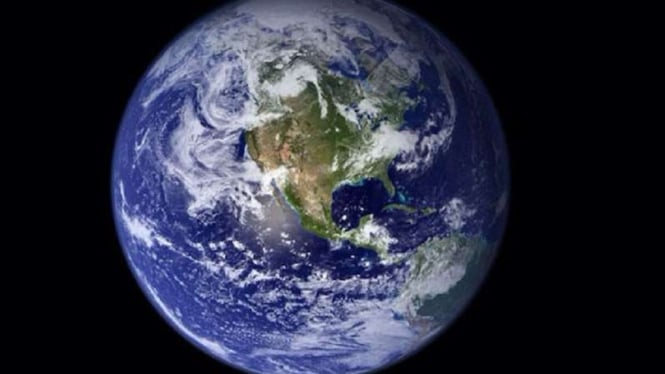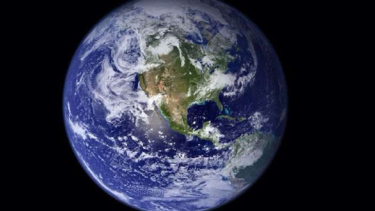- NASA
VIVA – Super-Earth is a planet with a greater mass than Earth but smaller than Neptune. Although the term refers only to the mass of a planet, astronomers use it to denote a planet larger than Earth but smaller than 'mini-Neptune'.
One of the newly discovered Super Earth is four times larger than Earth. This Super-Earth has been found orbiting a star just 36.5 light-years away.
According to new research by an international team of astronomers using the National Astronomical Observatory of Japan's Subaru Telescope in Hawaii, despite being in a zone called Goldilocks, where temperatures are sufficient for liquid water to exist, believe it is unlikely to be suitable for life as people live.
Called Ross 508b, the exoplanet was identified in the habitable zone of a weak red dwarf that rotates every 10.75 days. Although this is much faster than Earth's 365-day orbit, Ross 508b orbits a star much smaller and fainter than the Sun.
"The dwarf star M4.5 Ross 508 has a significant RV periodicity at 10.75 days or every 1.099 and 0.913 days," according to the study published in the Publications of the Astronomical Society of Japan.
Quoted via Sputniknews on Tuesday, June 7, 2022, given the planet's mass, this newly discovered world is more likely to be terrestrial or rocky, like Earth than gas.
Ross 508b is named after the M dwarf star, Ross 508. Ross 508 has an orbiting planet and is only 18 percent of the mass of our Sun. It is one of the smallest and faintest stars with an orbiting world discovered using radial velocity.
To find the other worlds, researchers generally use the transit method used by NASA's TESS and Kepler exoplanet-hunting observatories.
This method involves using the stars with an instrument and looking for a drop in the light produced by the object rotating between the Earth and the star.
After that, Astronomers use the depth of transit to calculate the object's mass, with the larger light curve indicating the heavier planets.
A total of 3,858 exoplanets have been confirmed by this procedure. Another option that can be used to search for exoplanets is the radial velocity approach, which is often known as the wobble or Doppler method. It can detect wobbles in stars, generated by the gravitational attraction of orbiting planets.






















